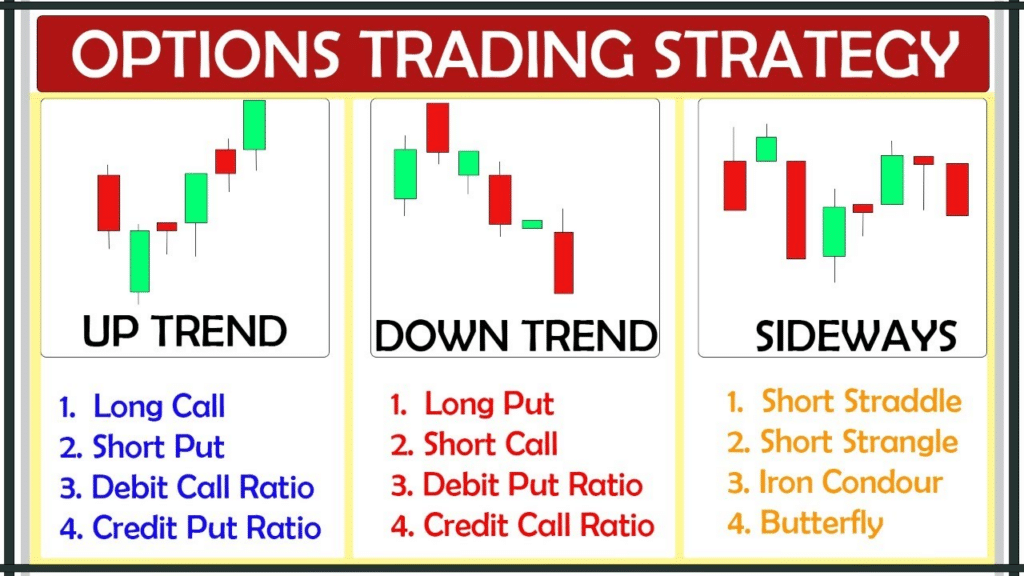Understanding the Basics of Options
In the world of finance, options are financial instruments that provide the buyer with the right, but not the obligation, to buy or sell an underlying asset at a specified price, on or before a specified date. Options are versatile tools that can be used for various purposes, including speculation, hedging, and income generation.

Image: www.pinterest.com
The two main types of options are call options and put options. A call option gives the buyer the right to buy the underlying asset, while a put option gives the buyer the right to sell the underlying asset. The strike price is the price at which the buyer can buy or sell the underlying asset if they decide to exercise the option contract.
Key Concepts in Options Trading
Expiration Date
Options have a specific expiration date, after which they become worthless. The expiration date is typically 30, 60, or 90 days from the date of the contract.
Premium
The premium is the price paid to the seller of the option contract by the buyer. The premium is determined by various factors, including the type of option, the strike price, the expiration date, and the volatility of the underlying asset.

Image: seekingalpha.com
Types of Options Strategies
There are various options strategies that traders can employ to achieve their investment objectives. Some common strategies include:
- Bullish strategies: These strategies are employed when the trader expects the price of the underlying asset to rise.
- Bearish strategies: These strategies are used when the trader expects the price of the underlying asset to fall.
- Neutral strategies: These strategies are designed to generate income or hedge against market risk, regardless of the direction of the market.
Tips and Expert Advice for Options Traders
Conduct thorough research: It’s crucial to gain a deep understanding of options trading basics and different strategies before making any trades.
Manage risk effectively: Options can be leveraged instruments, so it’s essential to assess and manage risk levels carefully. Use stop-loss orders and define clear profit targets.
FAQs on Options Trading
Q: What is the difference between a call option and a put option?
A: A call option gives the buyer the right to buy the underlying asset, while a put option gives the buyer the right to sell the underlying asset.
Q: What factors influence the premium of an option contract?
A: Factors such as the type of option, strike price, expiration date, and volatility of the underlying asset impact the premium.
Q: How can I start trading options?
A: Consider completing suitable education and training courses, practice simulated trading, and open an options trading account with a reputable broker.
In Trading Terms What Are Options

Image: investgrail.com
Conclusion
Options trading offers a unique opportunity for investors to enhance their portfolio performance, with various risks and rewards. Understanding the fundamental concepts, different strategies, and expert insights is crucial for success. By incorporating these principles and consistently improving knowledge, traders can navigate the options market effectively.
Are you ready to explore the world of options trading? Get started today and unlock the potential of these financial instruments.






